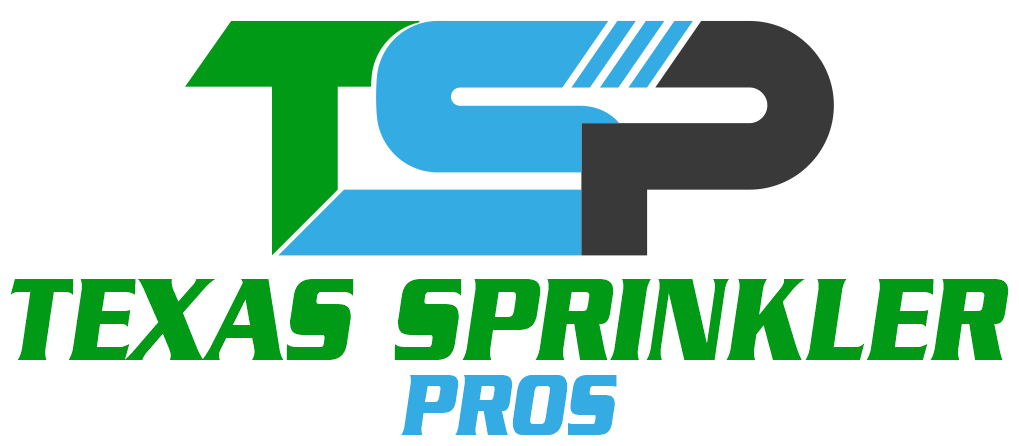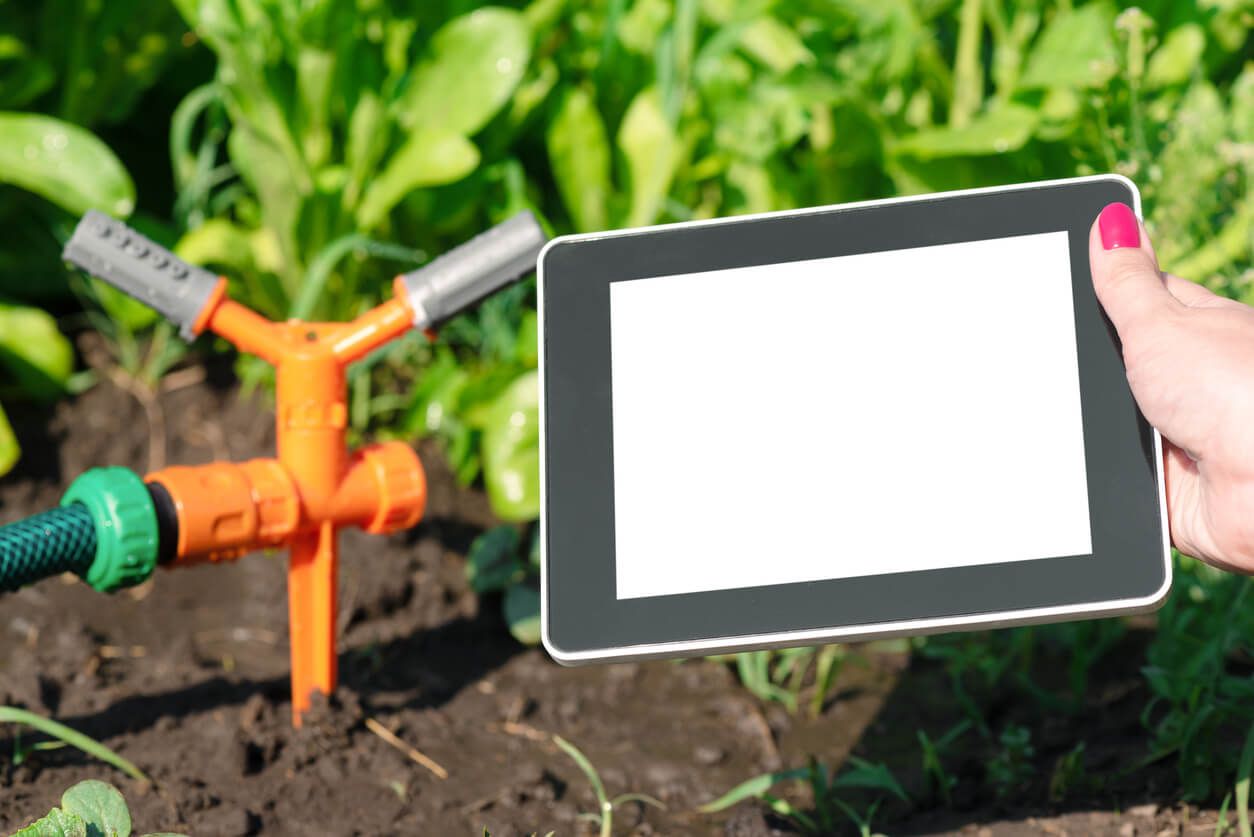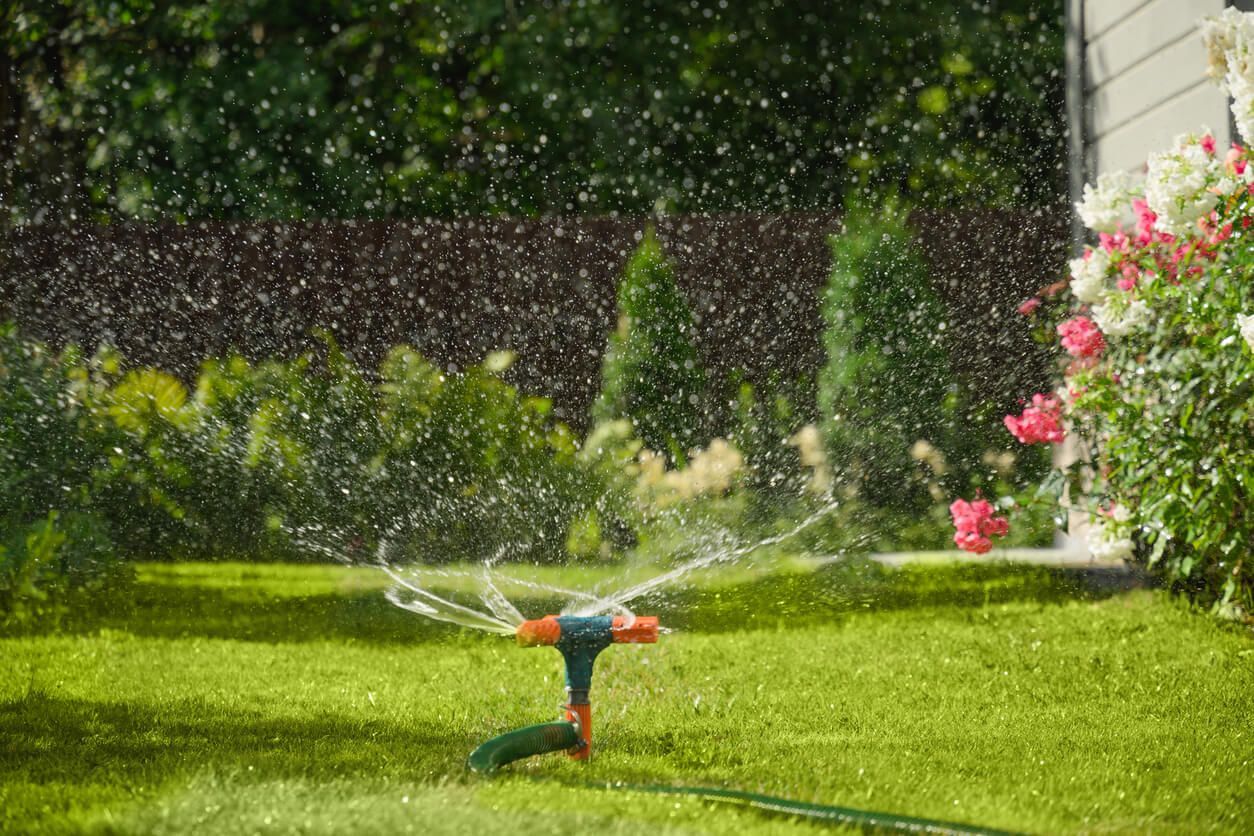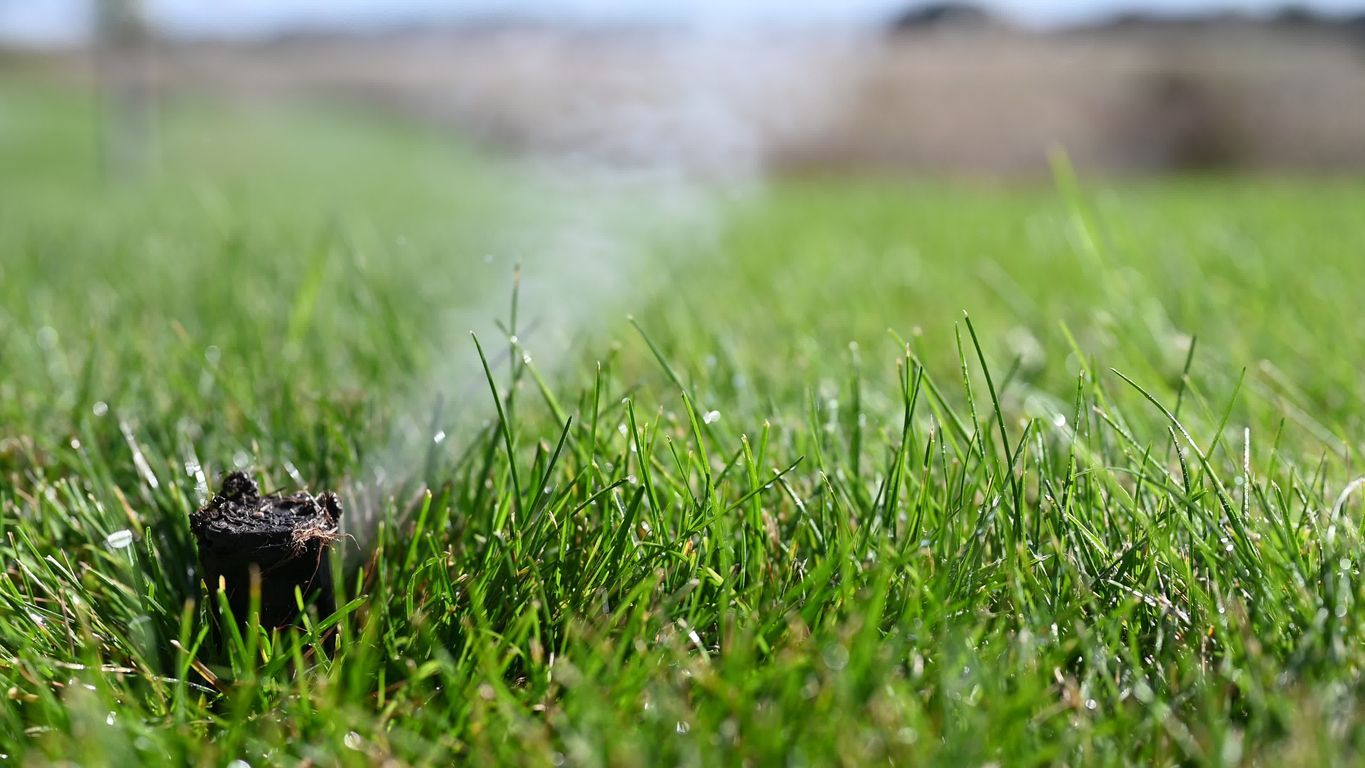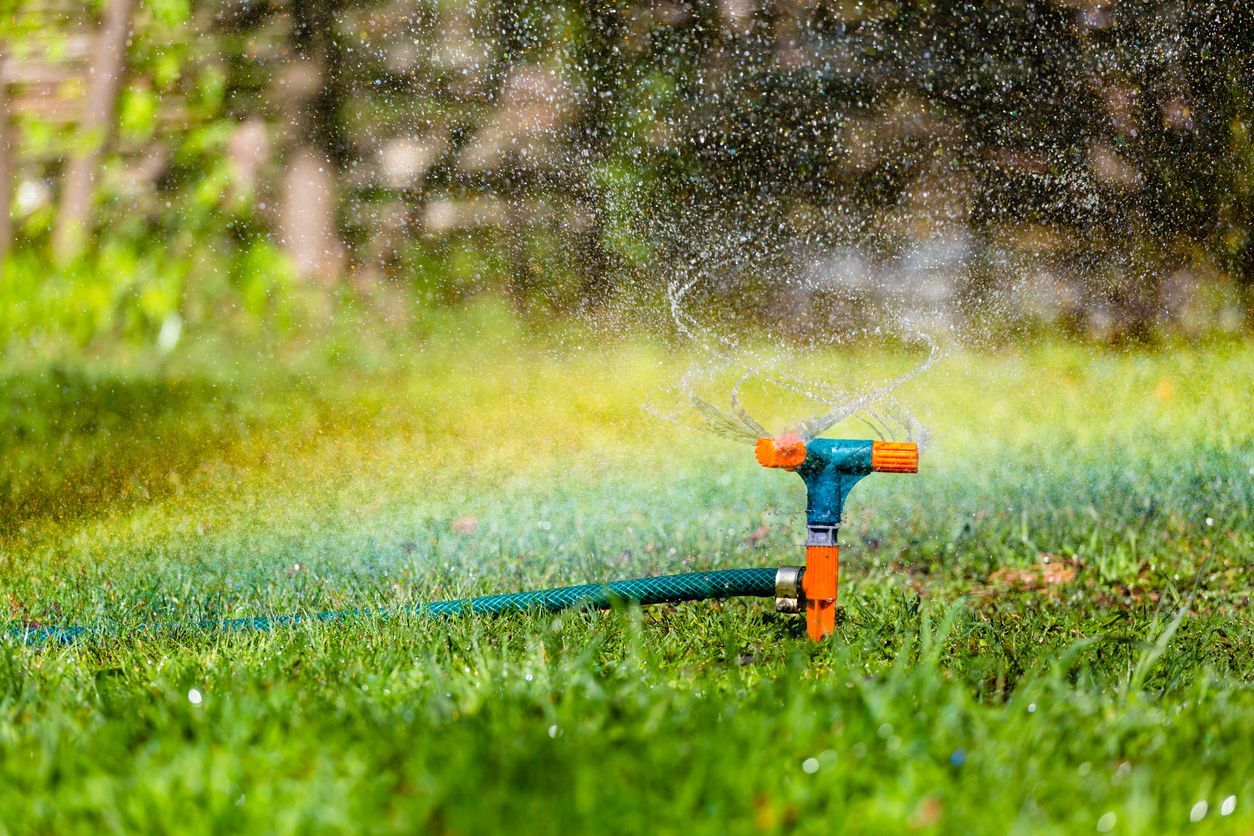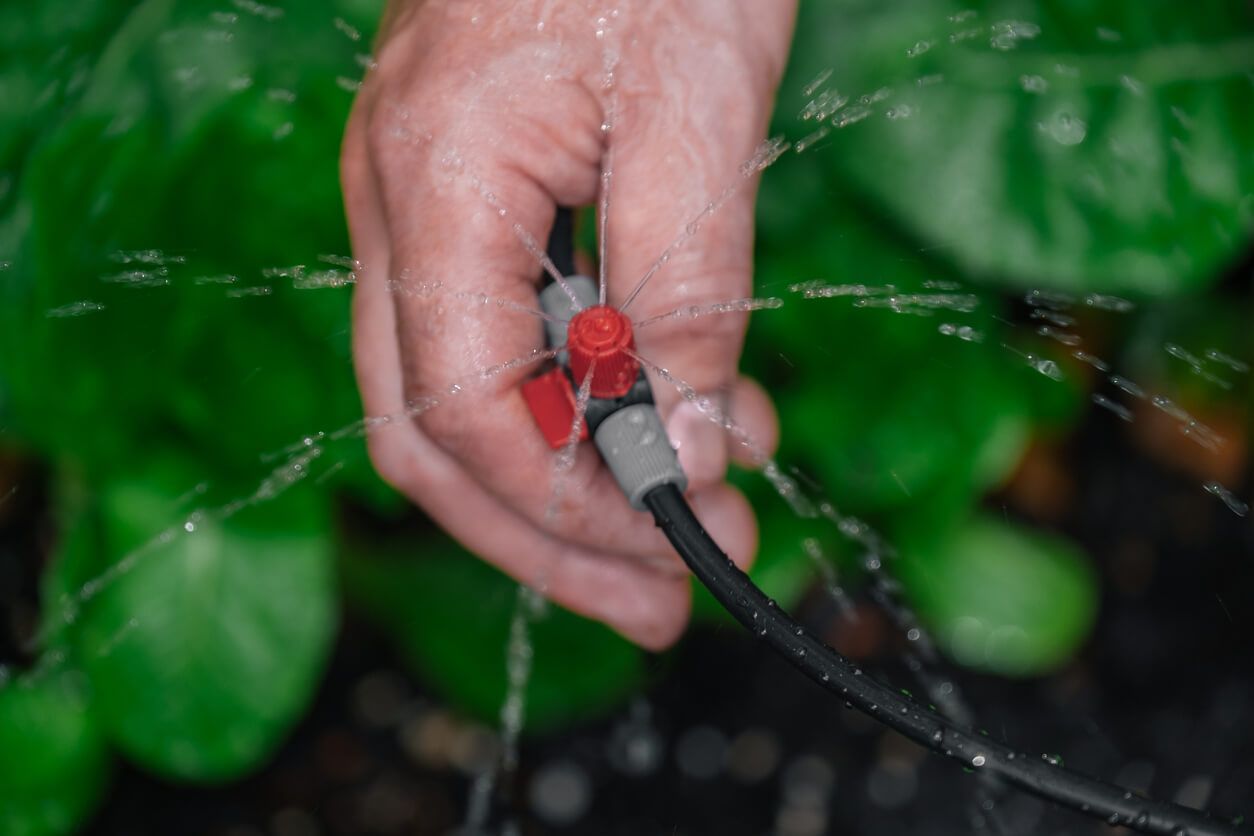How a Smart Irrigation System Can Save Water and Lower Your Water Bill
Efficient landscape irrigation is about more than just keeping your plants green. With frequent droughts, rising costs, and stricter regulations, homeowners today need more advanced tools to manage water usage—saving water and reducing waste with smart irrigation systems. Equipped with features like soil moisture sensors, smart irrigation controllers, and integration with smart home devices, these systems can dramatically improve how and when you water your lawn and garden.
By optimizing watering schedules and leveraging real-time data, a smart water irrigation system helps prevent water waste compared to traditional irrigation methods.
What Is a Smart Irrigation System?
A smart irrigation system is an upgraded watering solution that uses real-time weather data, advanced sensors, and intelligent apps to automatically adjust your watering schedule and irrigation duration. Unlike traditional controllers that run schedules regardless of current conditions, smart irrigation technologies measure factors like soil moisture content and local weather data to avoid overwatering caused by outdated systems.
These systems also monitor plant water use, allowing them to optimize watering schedules and reduce water waste. There are many types of smart irrigation systems, including:
- Smart Drip Irrigation Systems. Deliver irrigation water right to the roots, minimizing wasted water through evaporation or runoff.
- In-Ground Irrigation Systems. Installed beneath your landscape, these often use smart sprinkler controllers to manage watering zones precisely.
- Smart Sprinkler Controllers. These can access real-time weather data to adjust irrigation schedules zone-by-zone automatically.
- Demand Irrigation. Customizes watering based on the exact needs of each plant or watering zone, measured via sensors that determine when there’s enough moisture in the soil.
How Does a Smart Irrigation System Work?
By connecting various devices, sensors, and platforms through cloud technology, a smart irrigation control system enables seamless communication and data transfer between all components. This integration allows you to monitor and control irrigation processes efficiently.
1. Soil Moisture Sensors and Measurement
At the heart of many systems are soil moisture sensors. These devices measure soil moisture content at root depth, telling your controller whether more water is truly needed. No more guessing if your lawn or plants have enough; the sensors provide detailed information that’s used to run schedules only when required.
2. Utilizing Local Weather Data
Smart irrigation controllers automatically adjust based on local and current weather conditions. This means the system knows when it will rain, how hot it is, and whether the soil will dry out, all without you lifting a finger.
3. Automation and Control
Most controllers connect to your home’s Wi-Fi and can be managed through a dedicated app, such as the popular Rachio app for the Rachio controller. These irrigation systems are controlled via automation and remote management to optimize water efficiency and reduce wastage.
Controlling the system is achieved through advanced algorithms and technologies that govern the operation of automated irrigation and sensor networks. These integrate with smart home devices like Google Home and Amazon Alexa, allowing you to control watering with simple voice commands.
4. Customized Watering Zones and Scheduling
With smart tech, you can divide your property into multiple watering zones. The system can then tailor the irrigation duration and frequency for each section, whether it’s your garden beds, lawn, or shrubs. Scheduled irrigation adapts to your plants’ needs, weather changes, and seasonal shifts, avoiding overwatering.
5. Remote Access and Insights
The internet-connected nature of smart irrigation allows you to check and modify your schedules from anywhere. You can access usage history, adjust watering zones, and receive alerts if your system needs attention, if a sensor needs replacing (sold separately), or if the device didn’t work correctly due to a network issue.
What Are the Advantages of Smart Irrigation
Save Water—and Save Money
Because a smart irrigation system only waters when your plants need it, you’ll use far less water—potentially reducing outdoor use by 20–50%. According to the EPA, using a smart irrigation controller instead of traditional models can save thousands of gallons of water annually. Not only does this mean less wasted water, but you’ll also enjoy a noticeable drop in your water bill.
Healthier Plants and Lawns
Optimized irrigation keeps your lawn and garden robust. The combination of automated schedules, real-time data, and zone-based watering delivers the right amount of water to every part of your property. This approach reduces disease, protects roots, and discourages weed growth.
Convenient Control and Monitoring
With a connected device and app, you get detailed information whenever you need it. You can instantly pause the system if your lawn already has enough moisture or let the system automatically skip the next scheduled irrigation after a heavy rain.
Environmentally Responsible
Efficient water use protects local resources and helps communities face water scarcity or drought. By using local weather data and real-time adjustments, you avoid unnecessary watering and minimize environmental impact.
How to Make a Smart Irrigation System
Ready to implement smart irrigation at home? Here’s a step-by-step guide:
Keep in mind that compatibility or certain features may be limited to specific smart home platforms or devices, so it's important to check these limitations before upgrading.
Step 1: Assess Your Current Irrigation System
Is your property set up with an older in-ground irrigation system or a manual setup? Assess what upgrades are needed to adopt a smarter solution.
Step 2: Choose the Right Smart Irrigation Controller
Look for a controller that’s compatible with your current setup and covers a wider range of features: weather-based adjustments, multiple zone control, integration with Google Assistant, Amazon Alexa, and app-based scheduling (Rachio controllers are one well-known example).
Step 3: Install Soil Moisture Sensors (If Needed)
These may be sold separately, but adding them where you want tighter control over watering can dramatically improve efficiency. They will measure soil moisture content and communicate with your main controller.
Step 4: Connect and Configure Your Device
Follow the manufacturer’s instructions to connect your smart sprinkler controller to Wi-Fi, set up watering zones, and sync it with your smart home devices and apps.
Step 5: Run Schedules and Make Adjustments
Let the system create or suggest a base watering schedule based on climate and plant types. Monitor your water usage via the app, and tweak irrigation duration or specific zones as you gain more data on your landscape.
Step 6: Monitor and Maintain
Regularly check that your devices work correctly, update firmware through the app or your system’s internet interface, and replace sensors if they show inconsistent readings.
Professional support is available for installation and troubleshooting—ask if you’d prefer a hands-off approach or seek advice on the best combination of controllers, sensors, and accessories for your landscape.
Choosing the Best Smart Irrigation System for Your Needs
Let’s compare options and features to help you make an informed decision:
| Feature | Benefit and Purpose |
|---|---|
| Ease of Installation | DIY or professional setup |
| Wi-Fi and App Integration | Remote management, real-time updates, compatibility with major smart home platforms |
| Support for Multiple Zones | Custom watering per area (garden beds, lawns, flower beds, etc.) |
| Soil Moisture Sensor Support | Accurate, zone-based control for optimal soil moisture |
| Weather-Based Adjustments | Uses real-time and historical weather data, including temperature, rainfall, and solar radiation |
| Data Reporting and Insights | View water usage, irrigation logs, and alerts through the app |
| Wider Range of Compatibility | Works with both existing and new irrigation equipment, including drip, sprinkler, and in-ground irrigation system components |
Experience the Difference in Landscape Irrigation: Contact Texas Sprinkler Pros to Get Started!
A well-designed smart irrigation system is the most convenient way to save water, avoid wasted water, and enjoy healthier plants. With demand irrigation features, integration with smart home technology, and zone-based schedules backed by weather and soil moisture data, you can take charge of your water usage and finances.
Take control of your water usage and start saving with a professionally installed smart irrigation system. At
Texas Sprinkler Pros, our experienced specialists tailor irrigation solutions to suit your unique landscape and water every inch of your property efficiently and intelligently. From smart controllers to zoning and adding soil moisture sensors, Texas Sprinkler Pros have the expertise to advise and execute everything involved.
Call us now to schedule a consultation and experience the best in modern irrigation technology!

